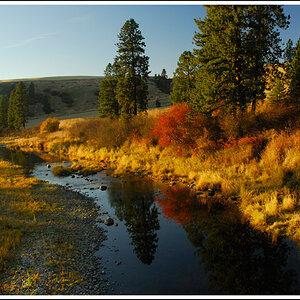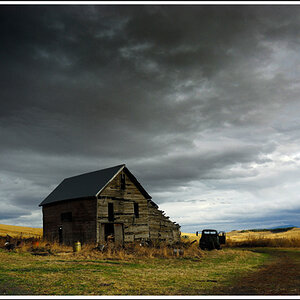panocho
TPF Noob!
- Joined
- Feb 7, 2005
- Messages
- 425
- Reaction score
- 2
- Location
- Compostela, GZ
- Can others edit my Photos
- Photos NOT OK to edit
Today I was thinking about the weirdness in Nikon dSLR's nomenclature, which goes, as you all know, as follows:
professional bodies: D1, D2, D3...
pro/amateur bodies: D100, D200, D300...
"higher level" amateur bodies: D70, D80, D90...
"compact" amateur bodies: D50, D40...
so, how to understand it? It doesn't make sense; not to me, at least. Lower numbers, more basic cameras (and lower price numbers as well). OK. Then the numbers go higher, so do the cameras. OK. Then we enter three digits, and the cameras keep going up and away. Fine.... Until we reach the topest top -and suddenly numbers go deep bottom. What?
And then I thought... Canon! That must be it! Seems that Canon does it the proper way: the more zeroes you add in the names, the lower you go in the camera range. Simple (well, let us leave apart that weird -and ugly- US designation, "Rebel").
So the question is: could it had been that Nikon felt somehow forced to use something different, only in order to make it different from Canon, and thus their otherwise weird nomeclature?
professional bodies: D1, D2, D3...
pro/amateur bodies: D100, D200, D300...
"higher level" amateur bodies: D70, D80, D90...
"compact" amateur bodies: D50, D40...
so, how to understand it? It doesn't make sense; not to me, at least. Lower numbers, more basic cameras (and lower price numbers as well). OK. Then the numbers go higher, so do the cameras. OK. Then we enter three digits, and the cameras keep going up and away. Fine.... Until we reach the topest top -and suddenly numbers go deep bottom. What?
And then I thought... Canon! That must be it! Seems that Canon does it the proper way: the more zeroes you add in the names, the lower you go in the camera range. Simple (well, let us leave apart that weird -and ugly- US designation, "Rebel").
So the question is: could it had been that Nikon felt somehow forced to use something different, only in order to make it different from Canon, and thus their otherwise weird nomeclature?





![[No title]](/data/xfmg/thumbnail/32/32700-18534997be82e5150c566a9e67a00471.jpg?1619735602)







